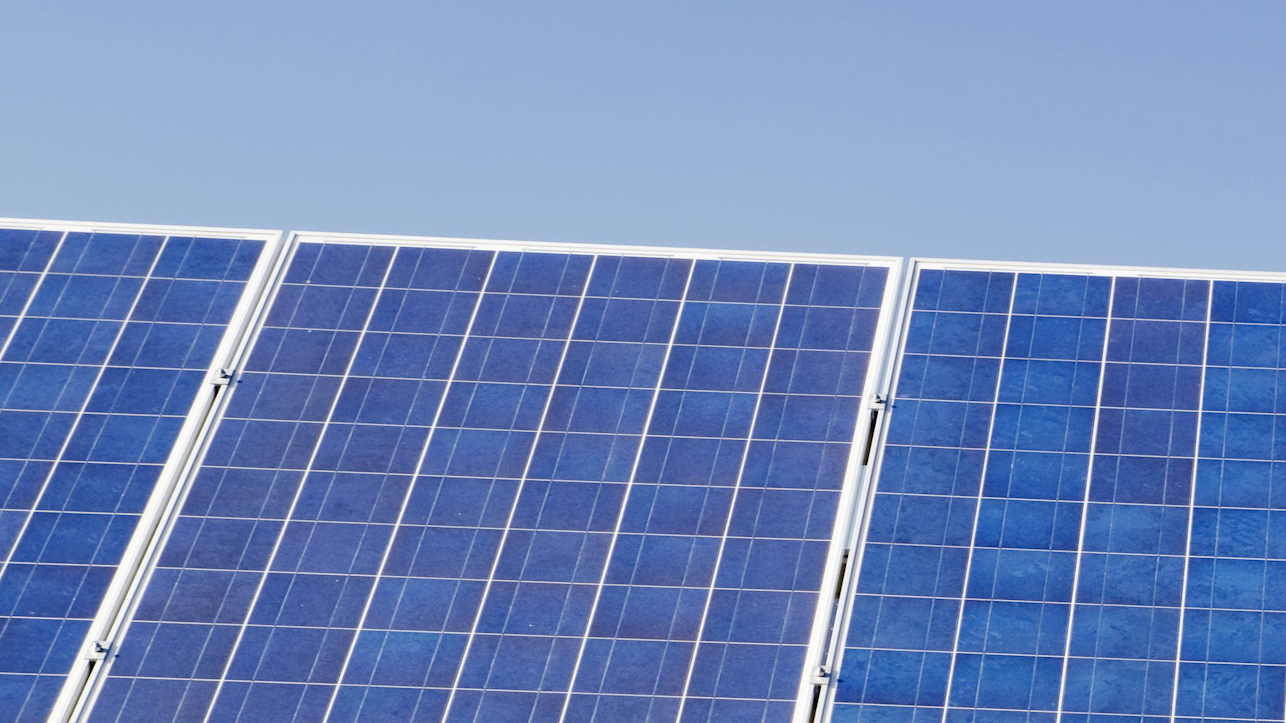- Solar energy blog
- Organic solar cells: Benefits, limitations & opportunities
Organic solar cells: Benefits, limitations & opportunities
In this article, we look at what organic solar cells are, how they differ from standard solar cells, how they work, their benefits and drawbacks, and what the future of organic solar cells looks like.


Jeremy Vickerman
Senior Content Manager
Senior Content Marketing Manager at RatedPower with extensive experience in content strategy, production, and communications. Over a decade of expertise spanning marketing, recruitment consulting, and public relations across the UK and Spain, with a strong track record in driving brand visibility and audience engagement.

Content
Organic solar cells (OSCs) are a photovoltaic technology that uses organic molecules or polymers to convert sunlight into electricity. OSCs are more flexible and lightweight compared to traditional silicon-based solar cells. They can also be produced at a lower cost using printing techniques, offering savings for those looking to build solar PV plants.
Organic solar cells are a sustainable and versatile solution for solar energy. Their potential applications in various surfaces and materials, from portable devices to building-integrated photovoltaics, make them hugely important when it comes to furthering renewable energy. Their development represents a significant step towards making renewable energy more accessible and environmentally friendly.
To hear from renewable energy professionals about key innovations, materials, and desired advances, download our latest 2024 Trends: Renewable Energy & Solar Research Report. The report included opinions on the current state of the renewables sector and stats from the analysis of solar simulations carried out on the RatedPower Platform.
In this article, we look at what organic solar cells are, how they differ from standard solar cells, how they work, their benefits and drawbacks, and what the future of organic solar cells looks like.
What are organic solar cells?
Organic solar cells, also known as organic photovoltaic (OPV) cells, represent an exciting advancement in solar technology. Organic solar cells use carbon-based materials, either polymers or small molecules, to create a flexible, lightweight, and thinly-filmed structure (rather than using silicon as a semiconductor like traditional solar cells do).
The structure of an organic solar cell includes several key components. At the core is the active layer made from organic semiconductor materials, which will absorb sunlight and generate electricity. This layer is sandwiched between two electrodes, the anode and the cathode, which are typically made from materials such as indium tin oxide (ITO) and metals like aluminum or silver. A buffer layer is used to facilitate the transfer of electrons, enhancing the efficiency and stability of the cell. The cell is then covered in a protective layer to shield it against environmental damage.
How do organic solar cells work?
The organic solar cell comprises a thin layer of organic semiconductor material. When sunlight hits the active layer, it excites electrons, creating electron-hole pairs. These electrons and holes are then separated and driven toward different electrodes by built-in electric fields within the cell. The electrons move toward the cathode, and the holes move toward the anode, creating an electric current that can be harnessed for electricity.
Organic solar cells generate electricity through the photovoltaic effect in the same way traditional solar cells do. The only difference between the two is the materials used to build the cell. This means developers can choose organic solar cells without needing additional knowledge of how they collect and convert solar energy into electricity.

What are the benefits of solar cells?
Organic solar cells offer several key benefits over traditional silicon-based solar cells.
Lightweight and flexible
Organic solar cells are extremely lightweight and flexible, allowing engineers to easily install panels onto various surfaces, including curved and irregular shapes. This is important for the adoption of solar energy, as it can be used in more innovative ways, such as integrating it into wearable electronics. It also means solar panels can be installed on a broader range of buildings, which can boost residential adoption.
Flexibility is helpful for those looking to build large-scale solar PV plants, as engineers can be more creative with their layouts when working with small or irregular areas of land. The lightweight properties of OSCs also make them a perfect solution for installing solar panels on low-load-bearing walls and roofs.
Lower cost and more sustainable
The thin-film structure enables the production of large-area solar panels at a lower cost, which is manufactured using roll-to-roll method, which could bring down the overall expense of building a solar PV plant. OSCs can be made from a range of materials, which means manufacturers can experiment to find the cheapest solution.
The manufacturing process for OSCs often involves less energy-intensive methods and non-toxic materials. This makes OSCs a more sustainable option in the renewable energy landscape.
What are the limitations of solar cells?
Although they have their advantages, organic solar cells are still relatively new and have some drawbacks as the development of the technology continues. The biggest issue is their power conversion efficiency. The power efficiency of an OSC typically ranges between 8% and 12%, compared to the 20% to 25% efficiency of silicon cells.
The current manufacturing processes for OSCs are not yet fully optimized for large-scale commercial use. This makes it difficult to adopt at a utility scale. OSCs also have a shorter lifespan as their organic materials are more susceptible to degradation from environmental exposure, such as moisture and UV radiation.
Learn how utility-scale solar software is driving the evolution of this industry in our eBook: How solar software delivers ROI. Through insightful interviews with customers worldwide, we explore how their workflows have been completely transformed, thanks to the power of intelligent connections across the renewable asset lifecycle.
What does the future of solar cells look like?
We are still in the early stages of OSCs, but the future looks promising, thanks to the benefits they provide. Their unique characteristics enable them to be used in ways traditional solar cells cannot, offering exciting possibilities for integrating solar technology into various aspects of everyday life. We expect to see a heavy uptick in the adoption of organic solar cells once the manufacturing processes are optimized for mass production and power conversion issues are addressed.
Research is continually pushing the boundaries of OSC efficiency. Recent breakthroughs by The Hong Kong Polytechnic University have seen OSCs achieve power-conversion efficiency (PCE) as high as 19.31%. These improvements are crucial to large-scale adoption, as they make OSCs more competitive.
Large-scale manufacturing efforts are underway to bring OSCs to market. A new factory in Greece is being built to produce a million square meters of organic solar cells annually. It is supported by the European Horizon research initiative. It is led by two Greek specialists in organic electronics and thin film technology, OET, and the Lab for Thin Films and Nanotechnology (LTFN).
Organic solar cells are being eyed for use with greenhouses, where their semi-transparent nature allows them to generate electricity while still letting sufficient light through for plant growth. This dual functionality could revolutionize agricultural practices by integrating energy generation directly into farming structures.
Choosing the appropriate solar cells can take time and effort. RatedPower allows you to compare different systems, layouts, solar cells, and more, enabling you to design the best possible solar PV system for your land and needs. Contact us today to find out more!
Latest stories
Related posts
Technology and engineering
Outsmarting congestion: How efficient solar design helps navigate Nordic grid limits
Learn how Nordic operators and solar developers are adjusting to tighter grid conditions and how policy and design decisions are keeping projects on track.
Updated 16 DEC, 25

Technology and engineering
The rise of ultra-thin perovskite solar cells
Learn about Japan’s $1.5B initiative to commercialize ultra-thin, flexible perovskite solar cells and how it could transform the solar landscape globally.
Updated 30 SEP, 25

Technology and engineering
The green hydrogen boom in LatAm
Latin America is emerging as a green hydrogen leader. Learn how LatAm countries are leveraging solar and wind power to drive green hydrogen production.
Updated 22 JUL, 25

- RatedPower
- Solar energy blog
- Organic solar cells: Benefits, limitations & opportunities
 Watch a demo
Watch a demo Ask our AI Product Expert
Ask our AI Product Expert
